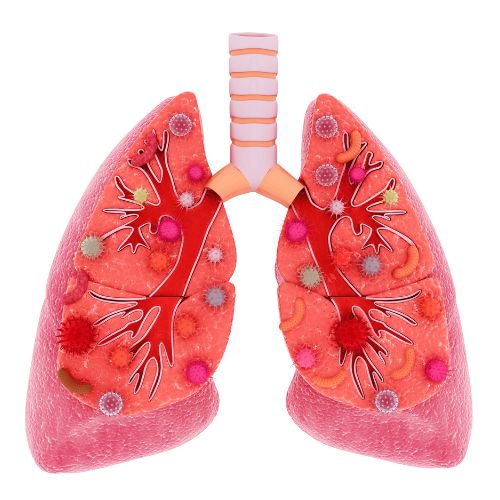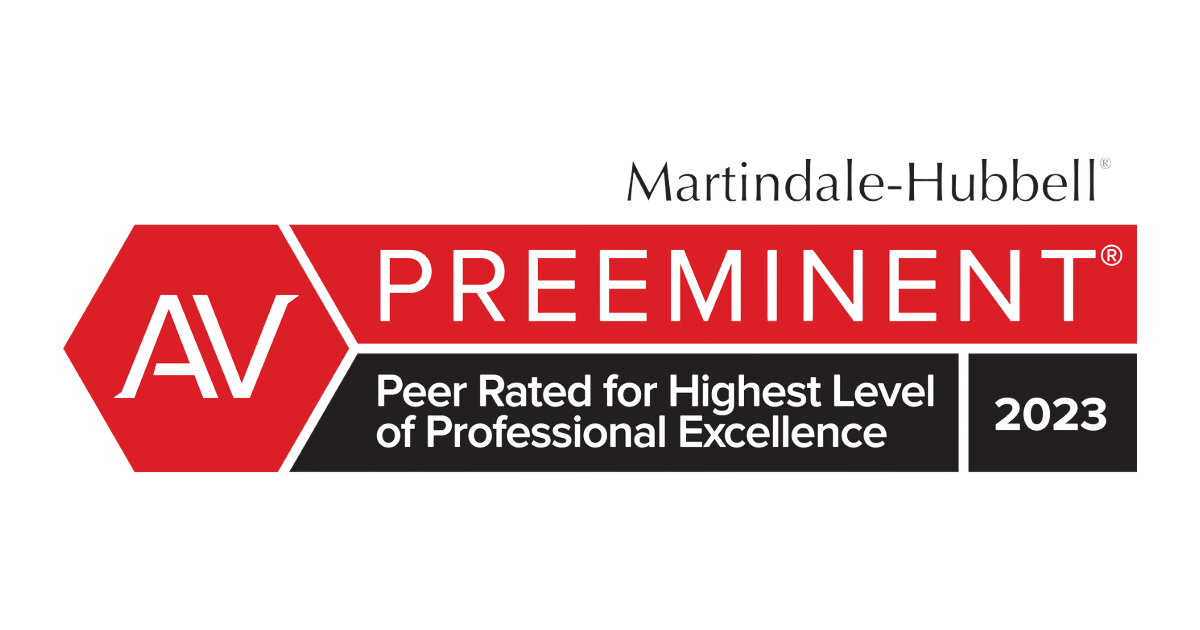
Diseases Associated with Artificial Stone
May 27, 2024
Exploring the Effectiveness of Dust Control for Safer Worker Environments
June 10, 2024Silica, primarily found as respirable crystalline silica (RCS) in various industries, remains a significant health hazard with potentially severe implications such as silicosis, other respiratory diseases, and even cancer. Understanding how to manage these risks effectively is crucial, and the guidance provided in the "Silica—Technical Guide to Managing Exposure in the Workplace" (Workplace Health and Safety Queensland, last updated July 2020) offers valuable strategies for workplaces.
Understanding The Persistent Hazard of Silica
Despite advances over the decades, silica exposure continues to pose a substantial risk in numerous industrial processes involving materials like concrete, masonry, and certain manufacturing processes. The guide emphasizes that silica dust, especially those particles small enough to be respirable, are particularly harmful. These tiny particles can penetrate deep into the lungs and cause significant health issues, including the notorious silicosis.
A Step-by-Step Approach to Silica Management
The guide outlines a detailed, stepwise approach to managing silica exposure in the workplace, aligning with both legal requirements and best practice standards:
1. Identification of Silica
Using safety data sheets and labels to identify materials that contain silica.
2. Risk Management
Assessing and managing the risks associated with silica exposure through various methods, including substitution, engineering controls, and administrative measures.
3. Monitoring Workplace Air
Regularly measuring the concentration of RCS in the workplace to ensure compliance with safety standards.
4. Control Measures
Implmenting effective control measures such as local exhaust ventilation systems and proper respiratory protective equipment.
5. Health Monitoring
Conducting regular health checks for workers exposed to silica, including respiratory function tests and chest x-rays.
6. Record Keeping
Maintaining records related to silica exposure and health monitoring for at least 30 years.
7. Reviewing Controls
Regularly reviewing and updating control measures to ensure they remain effective and comply with current standards.
8. Training and Supervision
Providing comprehensive training and supervision to ensure workers are aware of the risks and understand how to protect themselves.
Engineering Controls: The First Line of Defense
The guide prioritizes engineering controls as one of the most effective methods to reduce silica exposure. This includes systems designed to capture dust at its source and prevent it from becoming airborne. Ventilation systems, particularly local exhaust ventilation (LEV), are highlighted as crucial for controlling dust in operations where silica exposure is unavoidable.
The Role of Respiratory Protective Equipment
When engineering and administrative controls are insufficient to reduce silica dust to safe levels, personal protective equipment (PPE) becomes necessary. The guide details the types of respiratory protection suitable for various levels of exposure, ensuring that workers receive the appropriate level of protection against RCS.
Legal and Ethical Obligations
Employers have a legal and ethical obligation to manage silica risks effectively. This includes complying with the Work Health and Safety Act 2011 and the Work Health and Safety Regulation 2011, which mandate thorough risk management processes, monitoring, and health surveillance of employees.
Safeguarding Health Against Silica Exposure
The "Silica—Technical Guide to Managing Exposure in the Workplace" provides a critical roadmap for employers and safety professionals. By following these guidelines, workplaces can mitigate the health risks associated with silica exposure. Employers are encouraged to adopt these practices not only to comply with regulatory requirements but also to foster a safe and healthy work environment.
Need Expert Legal Support? Contact Brayton Purcell LLP
If you're facing challenges with workplace artificial stone silicosis, Brayton Purcell LLP is here to assist. Our experienced silica exposure attorneys specialize in protecting the rights of workers and ensuring that workplaces meet safety standards.
Don't navigate the complexities of legal compliance without silica exposure attorneys.
Reach out to Brayton Purcell LLP at (800)361-2417 for guidance and support to maintain a safe working environment. Our team is dedicated to providing legal solutions that safeguard your interests and those of your employees.
Contact us today to be connected with a silicosis injury attorney and learn more about how we can help you uphold safety and compliance in your workplace.














